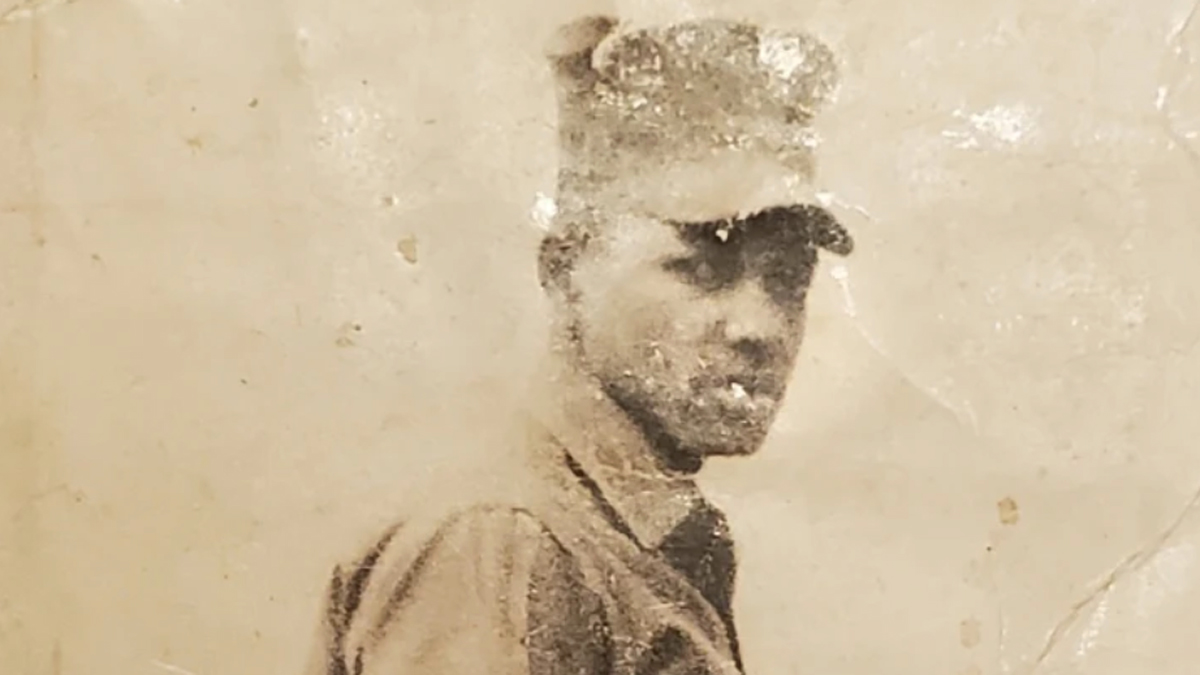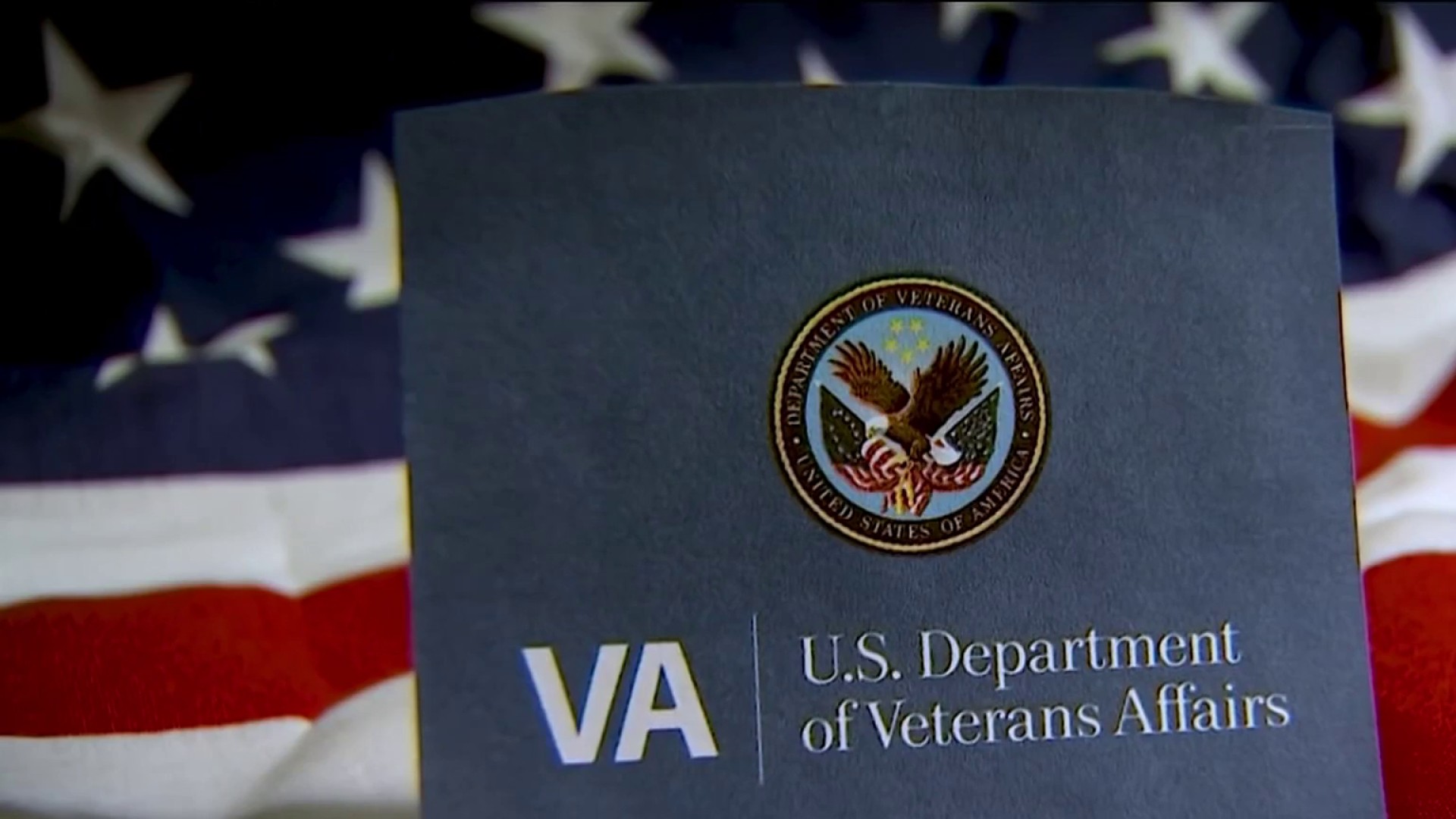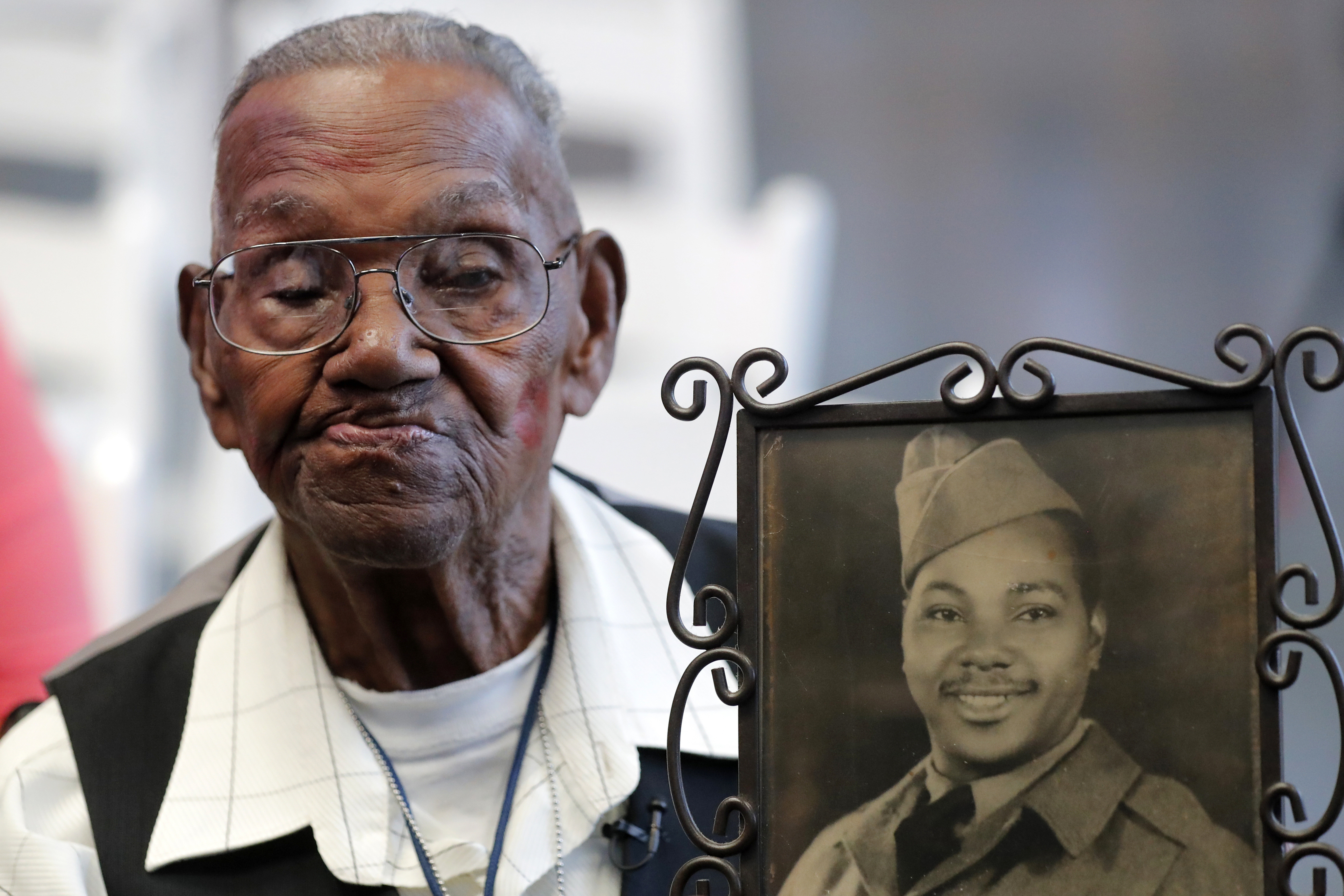The Department of Veterans Affairs has failed to investigate why Black veterans are consistently turned down for disability payments at a higher rate than white veterans, a disparity some veterans have questioned for at least 15 years, according to a government analysis released Wednesday.
The VA created an equity team in January to investigate the disparity, but it has not outlined any specific steps it will take to change the numbers.
The report from the Government Accountability Office -- “VA Disability Benefits — Actions Needed to Further Examine Racial and Ethnic Disparities in Compensation” -- noted that it might be harder for Black veterans to get paperwork, travel to a veterans service organization for help with disability claims, or get appropriate documentation of their injuries, based on interviews the team conducted with black veterans.
The Veterans Benefits Administration, the office within the VA that administers the disability payments, did examine race and ethnicity in relation to some conditions and did find disparities.
Get San Diego local news, weather forecasts, sports and lifestyle stories to your inbox. Sign up for NBC San Diego newsletters.
“However, it has not comprehensively studied the root causes of the disparities it has found or potential disparities in the provisions of compensation more broadly,” the report said. “As a result, VA lacks the information it needs to ensure equitable decisions.”
Disparities in Benefits
The VA has been accused of treating veterans unequally since World War II, when many returning Black service members found themselves shut out of benefits available to their white counterparts. More recently, Black veterans have charged that their disability claims are being rejected unfairly.
The GAO report found that approval rates for disability compensation for Black male veterans was lower than for white male veterans. That difference was true for nine of 10 conditions that the GAO analyzed. Black vets had their hearing loss approved 23 percent of the time, compared to their white counterparts, who had 45 percent approved, a 22-percentage point difference. The second biggest disparity was post-traumatic stress disorder, where 56 percent of whites had their PTSD approved, compared to 43 percent of blacks. The smallest was for scars, which had a 3 percent difference.
The report was prepared for the House and Senate committees on veterans’ affairs.
A 2021 law requires the comptroller general of the United States to conduct a study on the disparities associated with race and ethnicity for benefits administered by the secretary of Veterans Affairs.
The Veterans Benefits Administration administers one of the largest federal disability compensation programs in the country, the report noted. It is providing more than $112 billion to 5.4 million veterans in the 2022 fiscal year.
Veterans from historically disadvantaged racial and ethnic groups made up almost 24% of the total veteran population in 2017, according to VA’s 2020 Minority Veterans report. The number is projected to grow to 36% by 2045.
The VA has long been under fire for its treatment of many Black veterans. Black service members returning home from World War II were excluded from the housing and education benefits that allowed their white counterparts to move into the middle class. One approach to correct that discrimination, the GI Bill Restoration Act, would award the lost benefits to the descendants of those Black veterans, but it has not passed.
Veterans of later wars said discrimination has continued in the form of the disparities in how disability claims are awarded and one Vietnam War veteran, Conley F. Monk Jr., has sued the VA.
Also in the news
The GAO report found that for American Indian and Alaska natives, and Asian, Hispanic, and native Hawaiian and Pacific Islander veterans, the VA approved initial disability claims at rates similar to claims from white veterans.
But for Black veterans, there were disparities. For initial claims, Black veterans were approved at 61% compared to 75% for white veterans. When additional claims were considered, those rates went to 71% for Black veterans and 80% for white veterans.
For what are known as fully developed claims for benefits, in which veterans can get a faster decision by submitting all required documentation with their initial claim, the approval rate was 57% for Black veterans and 73% for white veterans.
The gap between Black and white veterans continued each year from 2010 through 2020, though it narrowed, the report said. The gap fell from 16 percentage points in 2011 to 9 percentage points in 2020.
The report includes possible factors for the disparities. Veterans from disadvantaged racial and ethnic groups may be unaware that veterans service organizations can help them submit their claims; they may not have the service or medical records they need for their disability claims, and they may be subject to bias.
“For example, research has shown that prevalence and severity rates of post-traumatic stress disorder are higher for Black and Hispanic veterans compared with White veterans, and some studies suggest Black veterans with post-traumatic stress disorder experience poorer clinical outcomes compared to White veterans,” it said.
Some veterans experienced discrimination or segregation while they served and received differing disciplinary treatment.
The VA says that a higher proportion of Black veterans apply for benefits. Black veterans were 17% of the sample size considered in the GAO report though 24% of the military.
In March, the VA announced a new team that is responsible for investigating and eliminating racial disparities.
The GAO offered three recommendations to the VA:
-It should develop a plan detailing specific actions, times frames and procedures to address the limitations in its data on race and ethnicity.
-It should conduct a comprehensive assessment of its disability compensation to identify the root causes that could contribute to the disparities.
-Once those causes are identified, the secretary of the VA should develop a plan to address them.
The VA concurred.






